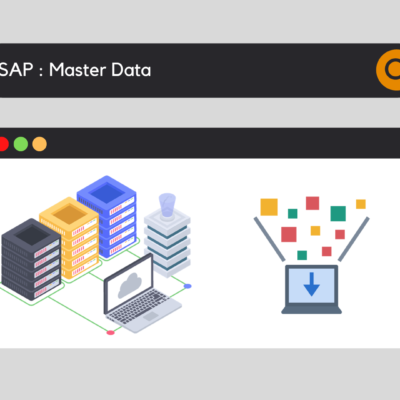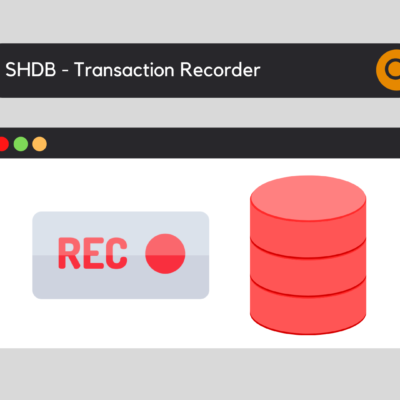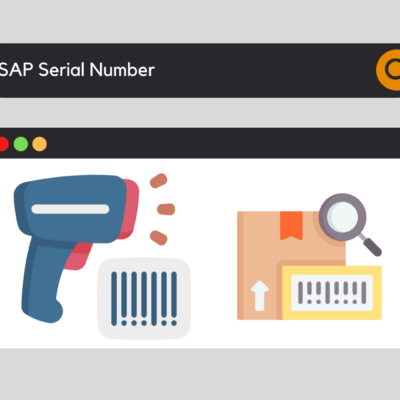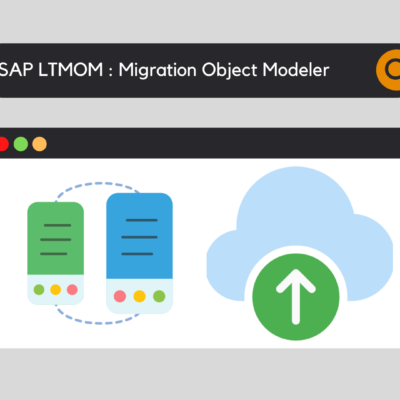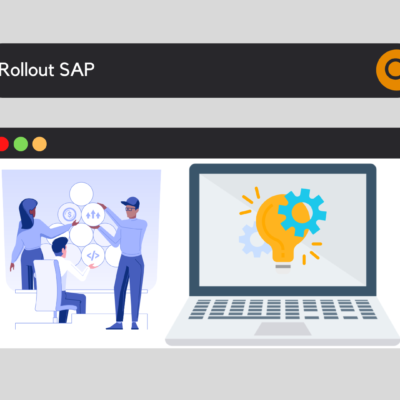
SAP is a management software rich in features and data. By default, many standard fields are used to define and characterize technical objects. This is the main information, common to all companies, regardless of their sector of activity. However, each company has its own specificities. Thus, the modularity of SAP allows each company to classify its technical objects according to its own needs, via the SAP Classification System: characteristics & classes.
SAP - Classification System: Characteristics
First of all, characteristics allow to describe the properties of a technical object. Let's define this right now with an example. A piece of equipment is a technical object. The voltage of the equipment can be created as a characteristic of the equipment. It will then be possible to add one or more values to the characteristic, in order to define the voltage(s) of the equipment.
Characteristics management
Let's see how this translates into SAP. To maintain a feature, you have to use transaction CT04. From there, it is possible to create, change, display or delete a characteristic:

It is in this screen that we can configure a characteristic. For example, let's take the characteristic POWER_SUPPLY. The first tab, "Basic data", allows you to fill in the general information of the characteristic:

Thus, in this view, it will be possible to fill in the description of the characteristic, its type, the number of characters, the unit of measurement, the status etc...
Then, once the characteristics have been created, it will be necessary to assign them to classes. Let's see this together in the next section.
SAP - Classification System: Classes
Classes management
Indeed, classes allow to contain characteristics. Moreover, they also allow you to classify technical objects according to your needs.
To manage classes in SAP, it will be necessary to use the following transactions:

In addition, each class must be defined according to its type. Indeed, if the class is to be assigned to an equipment, then its type will be 002 – Equipment ClassIf the class is to be assigned to a Functional Location, then its type will be 003 – Functional Location and so one...

So, for our example, let's take the ELEC_EQUIP class, whose description is Electric Equipment. This is a class of type 002 – Equipment Class. Therefore, it will be assigned to equipment.
Moreover, in the first tab "Basic data", you will find the general information of the class, such as its description, its status, its validity date, its authorization parameters etc...
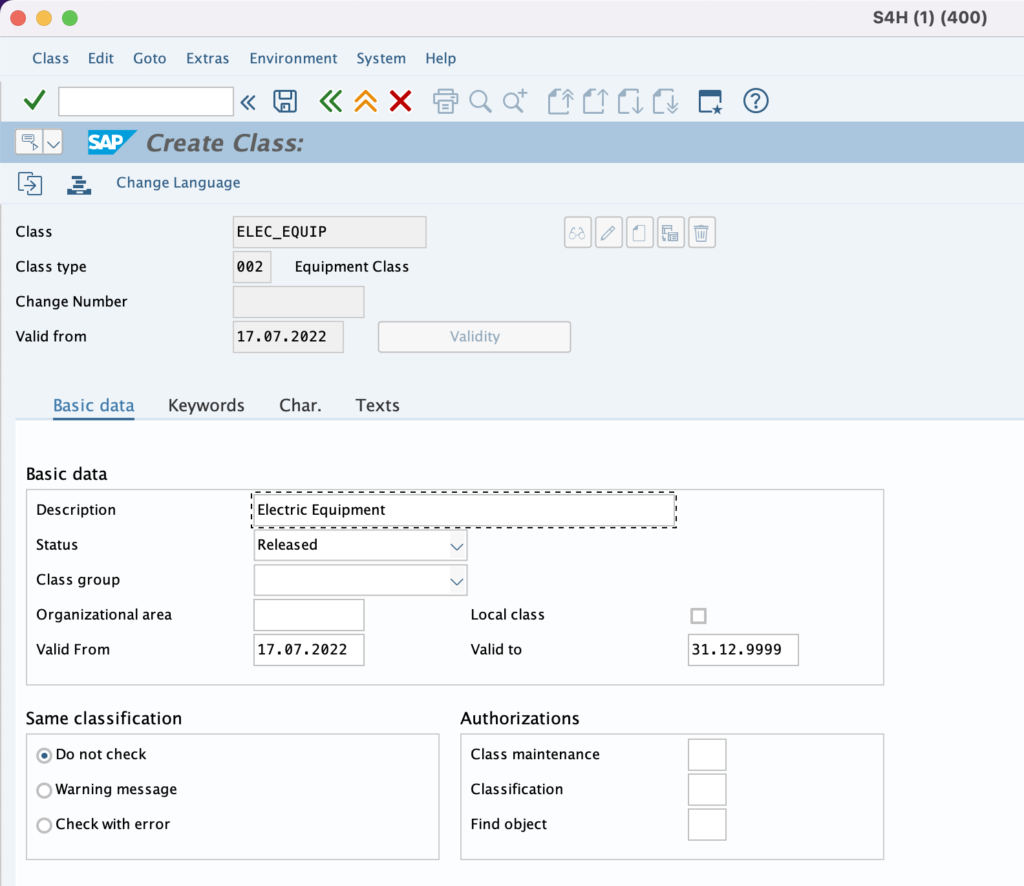
As explained above, the class can contain one or more characteristics. Thus, in the "Char." tab, this is where we will find the characteristics assigned to the class. In our example, we can see that our ELEC_EQUIP class contains a single characteristic: POWER_SUPPLY:

Assign a technical object to a class
Finally, once the characteristic and class have been created, the class must be assigned to a technical object. In our example, this is a class for equipment. So, let's go to an equipment file (here the equipment 1000227 - Air conditioner 1) and assign the previously created class ELEC_EQUIP to it:

Note: it is possible to assign several classes to a technical object. In the upper table "Assignments" you can find all the classes to which the technical object is assigned.
There are several ways to assign a technical object to a class. The first is to go into "modification" mode in the technical object in question (here using the IE02 transaction to make a modification on a piece of equipment). The second possibility is to use the CL20N transaction, which allows to assign a technical object to classes.
Once the class has been assigned, the various characteristics present in the class appear in the lower table (Values for Class ELEC_EQUIP - Object 10000227). In our example, we have assigned the value "12" to our "Power supply" characteristic. The unit "V" has been updated automatically due to the configuration made at the characteristic level.
Useful features
Classifying your technical objects will allow you to use many of the features that SAP offers as standard. You will find a non-exhaustive list of the transactions that will be useful to you:
Would you like to improve your SAP skills? You can access our free training courses, or opt for our premium "Beyond the Horizon" (SAP beginners) or "Expert Training Center" (advanced) courses.

Pierre Balbinot
SAP functional consultant, EAM (Enterprise Asset Management) and PP (Production Planning) expert.




